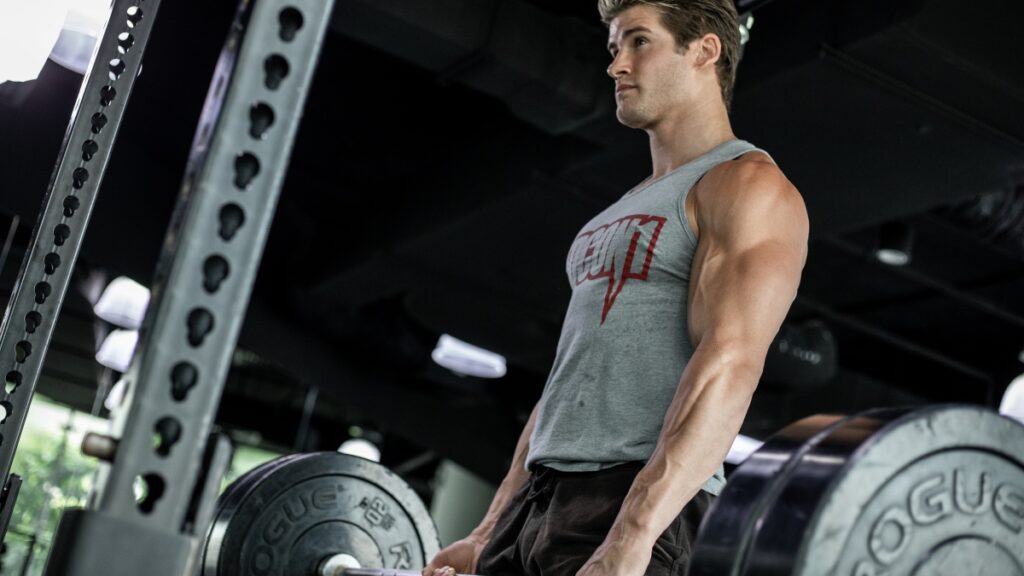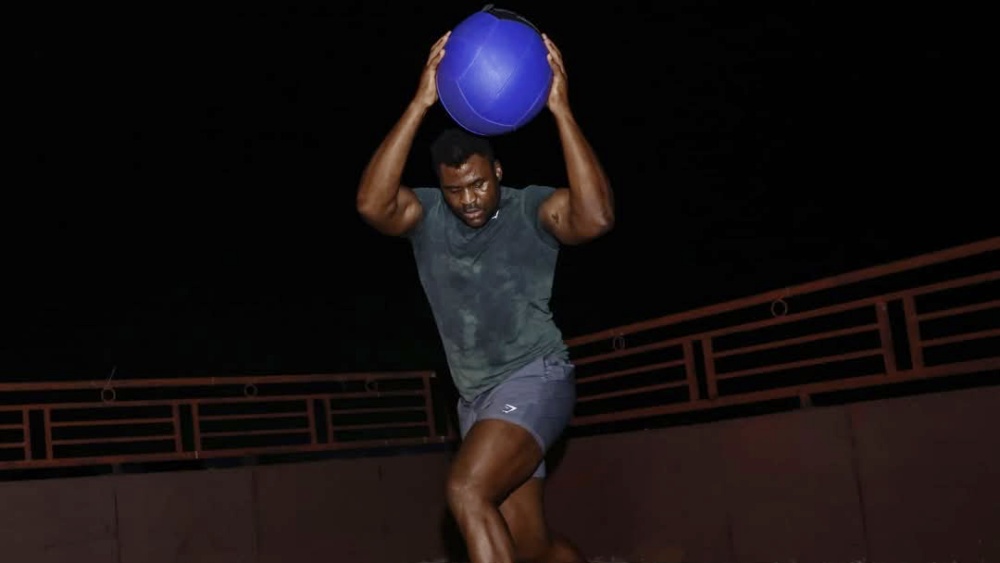The deadlift is an exercise where you pick up a weighted barbell or kettlebell from the floor, and use your upper and lower back, arms, glutes, and hamstrings to lift up the weight in a smooth and controlled manner.
The deadlift is one of the most straightforward exercises you can do and a common feature in most strength and conditioning programs. It is a test of pure strength, and the best thing about them is that there’s no way to cheat yourself to get the results. There are no shortcuts. The bar either leaves the floor, or it doesn’t.
It’s easy enough to pick up as a beginner, and maintaining proper form only becomes a challenge when the resistance increases.
Unfortunately, once you’re past the beginner stage, it can be more and more difficult to progress. Still, that isn’t an indication that you have to stagnate at your current level. We’ve come up with this list to help you get the most out of your deadlifts.
Today, Evolve Daily shares five helpful tips to help you optimize your deadlifts.
1) Save Tuesdays and Wednesdays for your most demanding workouts
The common assumption would be to do your most challenging workout on Monday when you’re in your most recovered state and fresh out of your rest days. While this timing may work for some, it’s definitely not for everyone. Many people like to be sedentary during their weekends, and given that those are days when we get breaks from work and gym, it’s more than justified to spend the whole day just relaxing.
However, since that also means that our bodies are in idle mode during the weekend, we won’t be breaking our personal records right off the bat as we begin the week.
Think of it as a “boot-up” period, if you will. The body doesn’t instantly bounce back to its state of best performance coming from rest, so try to stick to medium-intensity workouts for Monday and go hard on Tuesday or Wednesday instead, and you’ll see the difference in how you lift.
2) Do more 90% lifts
The rule of 90% is a common one in weight lifting. It leads to increased strength gains, more lean body mass, and enhanced athleticism.
You absolutely should do more than 90+% of your one-rep maximum to build more strength behind your lifts. That means striving for more resistance, or more reps. By doing this, muscle fibers get bigger because they are tasked to do more.
But while we recommend that you do this to level up your deadlifts, there is one absolute prerequisite: your technical proficiency in the deadlift should be near-perfect. There’s no use in leveling up your deadlifts and adding resistance if you’re putting yourself at risk because of bad form.
When more advanced lifters get stuck on a specific weight on a particular lift, it’s highly probable that it’s because they haven’t been incorporating more of their 90+% lifts. As a result, they aren’t maximizing their muscle fiber recruitment, the recruitment of higher threshold motor units, rate coding, and muscular coordination as much as they should be able to.
3) Work on your accessory muscles

Your weaknesses begin to become transparent when you do your 90% and beyond. Of course, it stands to reason that to get better at deadlifts, you have to do more deadlifts. What would you do, though, if your deadlifts aren’t really optimized to improve your weaknesses?
Sure, doing more deadlifts also affects your accessory muscles to some extent, but it’s just not the same as doing exercises targeted to those specific muscles.
Believe it or not, investing in these accessory muscles is absolutely worth it. Any improvement on them has a massive carryover effect on your deadlifts. In other words, you can level up your deadlifts by leveling up the accessories that help you with them.
The most common accessory muscles to your deadlifts are the glutes, upper and lower back, hamstrings, lats, and grip strength.
4) Don’t neglect your 70%

The 70% is something that most pretty much ignores, opting instead to do speed at 40–60% or max effort at 90+%, thinking that anything in between is an absolute waste of time. The 40–60% range improves your speed but does nothing for your strength, but then you do a big jump to 90% without conditioning anywhere in between.
From light to a suddenly too-heavy set of weights, you may have completed your 90%, but you most probably also overworked your spine and have to go on a short hiatus to recover.
It makes sense when you think about it. It is in the 70% range that we hone the technique and solidify technical proficiency, and that plays into bigger pulling numbers. It’s an underutilized method of improving a deadlift, but it’s one that trains your body to not get burned out after doing your 90%.
Don’t neglect your 70%, and focus on gradually increasing the level of intensity in your deadlifts, as opposed to jumping to full capacity straight away.
5) Don’t shy away from the straps
Grip strength is always going to be a major limiting factor for a lot of people, but why let it limit you when there are ways to work around them? Most commercial gyms have bars with no knurling, so gripping them becomes even more of a challenge. No matter how strong you are, it’s near-impossible to lift any considerable weight when you can’t keep the bar in your hands.
Plenty of tough guys on the internet will condemn people who “cheat” using wrist straps. Granted, powerlifting competitions don’t allow the use of wrist straps, but unless you’re going to the gym to train for a competition, then there’s really no reason for that rule to apply to you.
Straps allow you to secure the weights and help you effectively exhaust your target muscles without your grip failing you first, and if it’s a thing that helps you get your gains, then so be it.
You may also like:
















